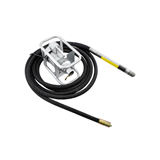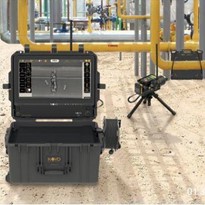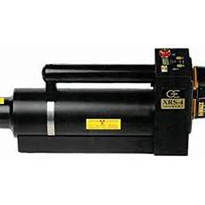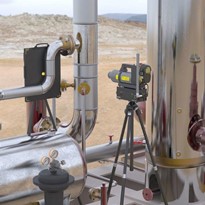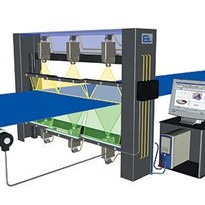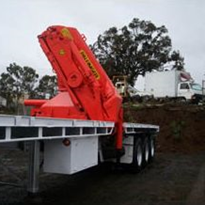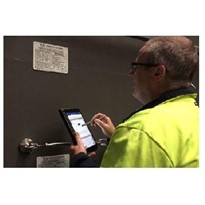With Digital Radiography the operation is improved in many aspects:
- Wide dynamic range, High Image quality
- Immediate results on site – Digital Image displayed within seconds on a high-resolution Screen, no time wasted on Film developing and no need to return for Reshoots!
- Increased Safety and work efficiency - by using weaker sources and shorter exposures.
- Long term cost savings – No consumables (Film, Chemicals), more images per day!
- Images are enhanced, saved and a report can be created with ease and on-site.
- Efficient operation - Sharing images is effortlessly done via email, Instant Massaging etc. for any need, such as consulting with a professional who is away from the work site.
- Environmentally friendly.
With Digital Radiography it is possible to:
Detect Rebar Pattern and location - Concrete and construction professionals can benefit from Digital Radiography to locate structures within concrete prior to drilling, cutting or coring. Locating and identifying wire Mesh, Conduit direction, post-tensioned cables, Voids, embedded electrical ceiling boxes, Pipes, drains, Data cables, Cooling & heating lines are also within the scope of Digital Radiography.
A digital system contains 3 main parts:
1. X-ray source or an Industrial Isotope 2. X-ray Detector 3. Tablet with Controlling Software
Digital System setup:
The Detector and Source are placed on both sides of the concrete. Using a magnet or gauss locator the x-y location is verified so that the Radiation and the Detector will be aligned. The Radiation passes through the Concrete and reaches the detector in a non-uniform way since Concrete contains construction aggregates (sand, gravel, crushed stone and other recycled materials). The thicker or the denser the material, the fewer x-rays or gamma rays pass through (the beam is attenuated). The Detector Records Radiation according to the thickness and density of the materials which it had passed through in its path and therefore we receive an Image with different shades of grey. Where there is a flaw, the material is thinner and more Radiation passes through that area. On the other hand, the presence of Re-bars or cables attenuates the Radiation relative to the surrounding and therefore less Radiation reaches the Detector.



